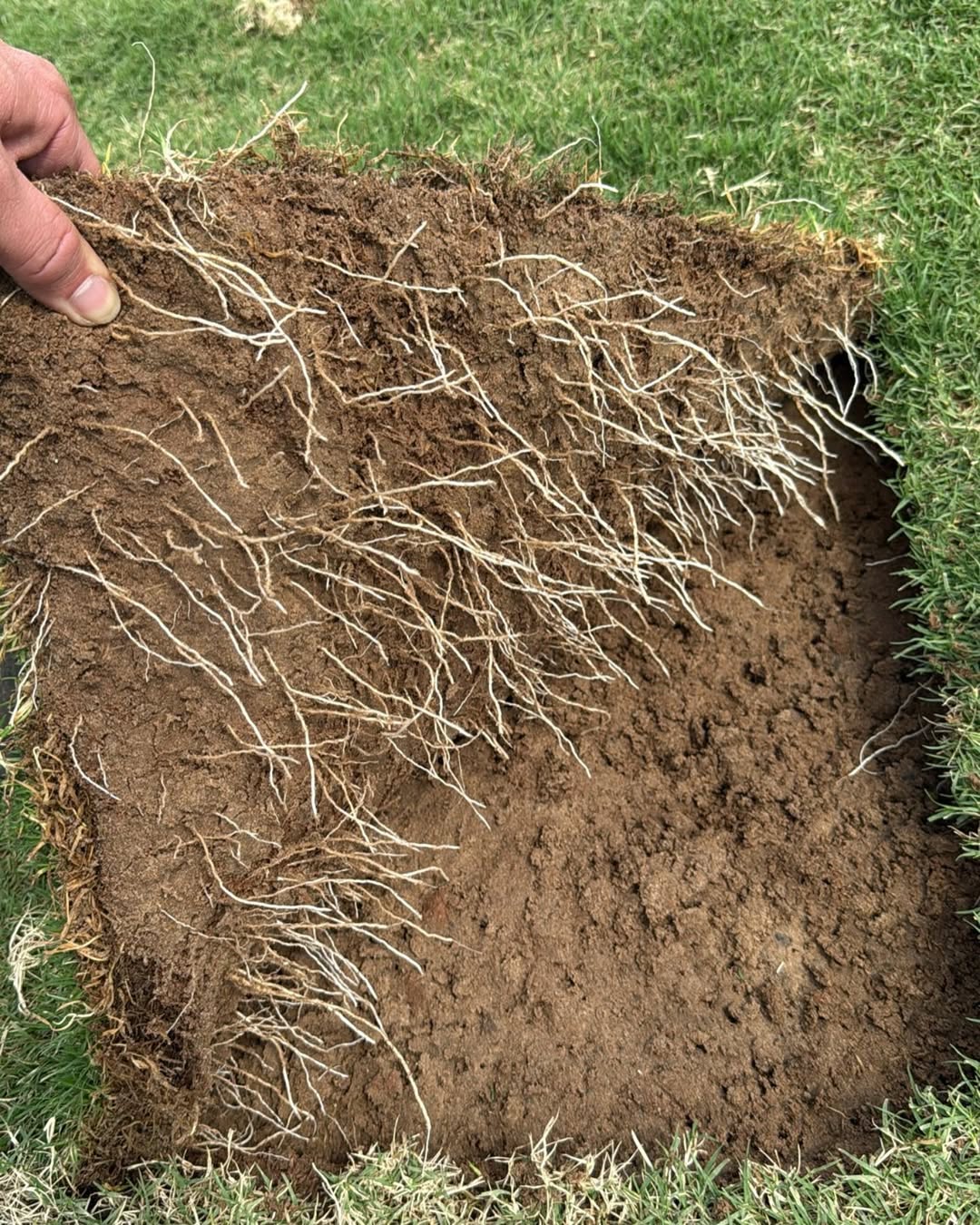How Long Does Sod Take to Root? A Complete Lawn Care Guide

Laying sod is one of the fastest ways to establish a lush, green lawn. Unlike planting grass seed, which can take weeks or even months to show full results, sod provides an instant carpet of greenery.
But just because it looks done doesn’t mean it is done. The real work begins after the sod is laid — when it needs to establish roots in the soil below.
So, how long does sod take to root?
The answer depends on several factors including soil conditions, climate, sod type, and how well it’s cared for.
In this article, we’ll break down the rooting process, how to speed it up, and what signs to look for during each stage — plus answer common FAQs at the end.
What Is Sod Rooting?
Before diving into the timeline, it’s important to understand what sod rooting actually means. When you lay sod on your lawn, it doesn’t immediately “connect” to the underlying soil. It must develop two types of roots:
- Shallow Roots (Initial Rooting) – These help the sod attach to the soil surface and absorb water.
- Deep Roots (Full Establishment) – These go deeper into the ground and are necessary for long-term survival and resilience.
How Long Does Sod Take to Root?
Initial Rooting (7–14 Days)
Most sod begins to form shallow roots within 7 to 10 days after installation, especially if it’s watered consistently. During this time, the grass is fragile and should not be walked on. You’ll notice the sod starting to “stick” to the soil, making it harder to lift at the edges — that’s a good sign.
Deep Rooting (4–6 Weeks)
Deeper roots can take 4 to 6 weeks to develop, depending on grass type, weather, and care practices. Once fully rooted, the sod is much more durable and able to withstand mowing, foot traffic, and dry conditions.
Factors That Affect Sod Rooting Time
Several variables can speed up or slow down the rooting process. Here are the key ones:
1. Soil Preparation
Well-prepared soil allows roots to penetrate more easily. Remove debris, till the topsoil, and ensure proper drainage before laying sod.
2. Watering
Sod needs to stay consistently moist, especially in the first 2 weeks. Water lightly 2–3 times a day initially, then gradually reduce frequency as roots develop.
3. Grass Type
Different grass species root at different speeds. For example:
- Bermuda Grass: Roots in about 10–14 days
- Fescue: May take 14–21 days
- Zoysia: Can take up to 30 days or more
4. Weather Conditions
Warm weather encourages faster root growth. Cold or excessively wet conditions can delay the process significantly.
5. Installation Quality
Fresh, healthy sod laid quickly and correctly will root faster than dry, patchy sod that’s been left rolled up too long.
Tips to Help Sod Root Faster
If you want to give your new lawn the best possible start, follow these tips:
✅ Water Wisely
- Week 1–2: Water 2–3 times daily for short durations.
- Week 3–4: Water once daily.
- After 1 Month: Water deeply 1–2 times per week.
✅ Avoid Foot Traffic
Stay off the sod during the first 2–3 weeks. Foot traffic can damage delicate roots and compact the soil.
✅ Mow Carefully
You can mow once the grass reaches about 3 to 4 inches in height and the sod feels firmly attached. Use sharp mower blades and never cut more than 1/3 of the grass height at once.
✅ Fertilize Lightly
Wait at least 2–3 weeks before applying a light fertilizer to encourage root development. Avoid high-nitrogen fertilizers early on — they focus too much on top growth instead of roots.
Signs Your Sod Is Rooting Successfully
- You can’t lift the edges easily – This means the roots are attaching to the soil.
- Grass is growing taller – Visible growth is a good indicator that roots are absorbing nutrients.
- Color remains vibrant green – If the sod stays green and doesn’t wilt or yellow, it’s thriving.
Common Problems That Delay Sod Rooting
Even with the best intentions, sometimes sod doesn’t root as quickly as expected. Here are a few common causes:
- Overwatering or underwatering – Too much water can suffocate roots; too little causes them to dry out.
- Poor soil contact – Gaps between the sod and soil prevent rooting.
- Compacted soil – Roots can’t penetrate hard, dense ground.
- Disease or fungus – If the sod turns yellow or develops patches, there may be a fungal infection or pest issue.
FAQs: How Long Does Sod Take to Root?
Q1: Can I walk on new sod?
You should avoid walking on new sod for at least 2–3 weeks. Foot traffic can compact the soil and damage the shallow roots.
Q2: When can I mow newly laid sod?
Wait until the grass reaches 3–4 inches and feels securely rooted. Usually, this happens around 2–3 weeks after installation.
Q3: Should I fertilize sod right away?
No. Wait 2–3 weeks before applying a starter fertilizer. This allows the roots to begin developing naturally.
Q4: What if my sod turns yellow?
Yellowing can be caused by overwatering, poor soil contact, or disease. Lift a corner to check the roots and inspect soil moisture.
Q5: Can I install sod in winter or summer?
Sod can be installed year-round in many climates, but spring and fall are ideal. In extreme heat or cold, rooting takes longer and requires more care.
Q6: How can I tell if my sod has fully rooted?
Try gently lifting a corner. If it resists and the entire piece holds firm, the sod is well-rooted. Also, signs like healthy growth and resistance to tugging indicate success.
Final Thoughts
So, how long does sod take to root? On average, you can expect:
- Shallow roots: 7–14 days
- Deep roots: 4–6 weeks
With the right care — proper watering, minimal traffic, and healthy soil — your sod will establish strong roots and transform into a beautiful, long-lasting lawn.
Just remember: while sod offers instant visual appeal, true success comes with patience, consistency, and good lawn care practices.






